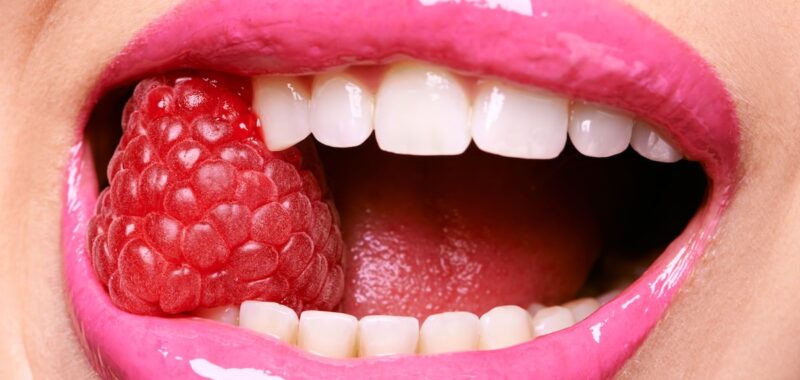
Beauty product subscription service IPSY’s report explored consumer behavior patterns and product trends identified through its community of over 20 million beauty enthusiasts. To collate the data used in the report’s analysis, IPSY drew from 200 million product reviews and extensive member data from across North America, including product selections, feedback and purchasing patterns from the past 12 months.
For cosmetics and personal care product manufacturers and suppliers, the findings offer strategic direction for innovation, packaging and product launches in 2025 and beyond.
“We wanted to spotlight what our members are actually responding to in real time,” Kristy Westrup, IPSY’s Chief Merchandising Officer, told CosmeticsDesign. “The data reflects not only what’s trending but what’s converting.”
We spoke to Westrup for her insights into the report’s key takeaways and her advice on actionable results for beauty industry stakeholders.
Makeup artist brands outperform celebrity lines
One notable shift noted in the report is that makeup artist-founded brands are now outperforming celebrity beauty lines. According to Westrup, this trend is rooted in the value consumers place on education.
“There are so many amazing products out there, the constant cycle of fun new categories, new formats, new formulas is a lot to keep up with – so much so that after discovery, the most important part of the customer journey is education,” she explained. “Most MUA-founded brands have that education built in because it’s part of how they relate to their customers.”
She added that brands without that natural connection can still compete. “The good news for non-MUA-founded brands is that this is something that they can emulate, and it’s something that IPSY has also always prioritized for our members.”
Gen Z shifts from fragrance to lips
Another significant trend noted in the report is Gen Z’s pivot from fragrance to lip products, especially glosses and berry tones. Specifically, IPSY reported that in August 2024, berry-toned orders spiked to 422% and 2025 is already seeing a 50% year-over-year increase in berry shade interest.
According to Westrup, this signals a consumer desire for playful, accessible and low-commitment ways to engage with makeup.
“Gen Z’s increased interest in lip products suggests a preference for affordable, low-commitment, yet high-impact ways to explore makeup trends, like swiping on a berry-toned gloss,” she said. “Beauty TikTok is all about lips these days, too, which is a big factor as it was with driving fragrance.”
She advised brands to align product development with these evolving behaviors: “Brands and manufacturers should keep this in mind when planning new launches and consider innovations that offer a versatile and fun way to explore new beauty looks.”
Maximalism opens doors for color, packaging, and collabs
The report further highlighted the rise of a bold, maximalist aesthetic, inspired in part by cultural hubs like Chicago and Miami. This trend is informing not just shade preferences but packaging and collaboration strategy.
“At IPSY, our community sits at the intersection of maximalism and exploration. They love to experiment with products and embrace bold, vibrant makeup looks,” said Westrup. “This passion for maximalism creates exciting opportunities for us, from the dynamic variety of products we source to expanded shade ranges that align with our community’s diverse preferences.”
According to Westrup, this trend opens the door to creative brand partnerships, such as “playful collaborations with maximalist beauty icons, especially with creatives from design-forward cities that blend beauty with art.”
Hybrid serums overtake foundations
Data from the Beauty Discovery Report indicates that serums have surpassed foundations in popularity among both Gen Z and millennial consumers, a shift with noteworthy formulation implications. For example, according to the report, 89% of last year’s IPSY subscriptions included serums and moisturizers, which is an almost 9% year-over-year increase, and moisturizer was the most purchased category.
“Serums provide consumers with a broad range of functional benefits, such as combining tint, SPF, hydration, and more in a single product,” said Westrup.
“Given the growing demand for serums over foundations,” she added, “it’s clear that consumers gravitate towards multi-functional skincare-makeup products that simplify and streamline their daily routines—and we don’t see this trend slowing down anytime soon in 2025.”
Sampling and subscriptions drive discovery and conversion
With 78% of IPSY members citing the subscription as their primary means of discovering new products, the report also underscored the strategic value of sampling.
“In today’s crowded market, it can be tough and costly to stand out,” said Westrup. “But nothing is more impactful than getting your product into someone’s hands, onto their vanity, and into their routine.”
She emphasized that sampling doesn’t just drive trial, but delivers fast, actionable data. “Sampling is especially powerful for launches,” she explained, “not only for the immediate awareness and trial it generates, but because within days, you can gather authentic customer reviews,” adding that “as we know, reviews drive sales.”
She concluded that this approach is equally valuable for legacy SKUs: “Whenever you’re looking to boost awareness, engagement, or excitement, sampling to an audience as passionate and beauty-obsessed as IPSY’s members is hard to beat.”

